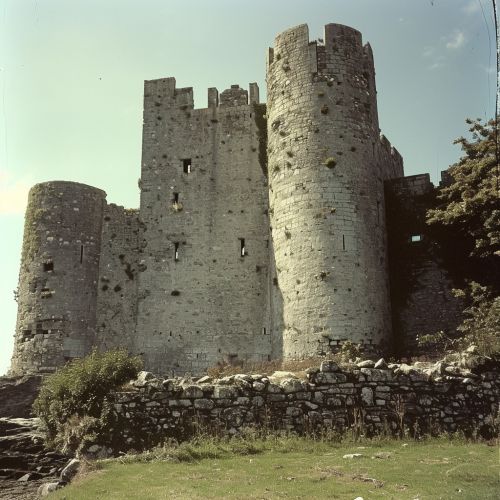Desmond Rebellions
Background
The Desmond Rebellions were a series of uprisings that took place in the province of Munster, in southern Ireland, during the late 16th century. The rebellions were led by the FitzGerald Earls of Desmond, against the encroachment of the English Crown into Irish territories.


Causes
The primary cause of the Desmond Rebellions was the tension between the native Irish lords and the English Crown. The English monarchy was attempting to extend its control over Ireland through a policy known as Surrender and regrant, which involved the Irish lords surrendering their lands to the Crown and then having them re-granted as fiefs. This policy was deeply unpopular with the Irish lords, including the FitzGerald Earls of Desmond, who saw it as an infringement on their traditional rights and privileges.
First Desmond Rebellion (1569-1573)
The First Desmond Rebellion began in 1569, when James FitzMaurice FitzGerald, a cousin of the Earl of Desmond, launched a rebellion against the English Crown. The rebellion was sparked by a dispute over the succession to the earldom of Desmond, which had been complicated by the English Crown's interference.
The rebellion was initially successful, with the rebels managing to capture a number of English-held towns in Munster. However, the tide of the war turned in 1571, when the English managed to recapture the town of Kilmallock. The rebellion was finally crushed in 1573, with the capture and execution of James FitzMaurice FitzGerald.
Second Desmond Rebellion (1579-1583)
The Second Desmond Rebellion began in 1579, when James FitzMaurice FitzGerald, who had escaped to the continent after the failure of the first rebellion, returned to Ireland with a small force of Spanish and Italian mercenaries. He launched a new rebellion, this time with the support of the Pope, who saw it as a chance to re-establish Catholicism in Ireland.
The rebellion was initially successful, with the rebels managing to capture a number of key towns in Munster. However, the English responded with a brutal campaign of suppression, which included the infamous Siege of Smerwick, in which hundreds of Italian and Spanish soldiers were massacred.
The rebellion was finally crushed in 1583, with the capture and execution of the Earl of Desmond. The aftermath of the rebellion saw the English Crown confiscate the lands of the rebels and distribute them to English settlers, in a process known as the Plantation of Munster.
Aftermath and Legacy
The Desmond Rebellions had a profound impact on the history of Ireland. They marked the beginning of the end for the traditional Gaelic social and political order, and paved the way for the complete English conquest of Ireland.
The rebellions also had a significant impact on the English perception of the Irish. The brutality of the rebellions, and the perceived treachery of the Irish lords, helped to cement a negative stereotype of the Irish as treacherous and savage, which would persist for centuries.
